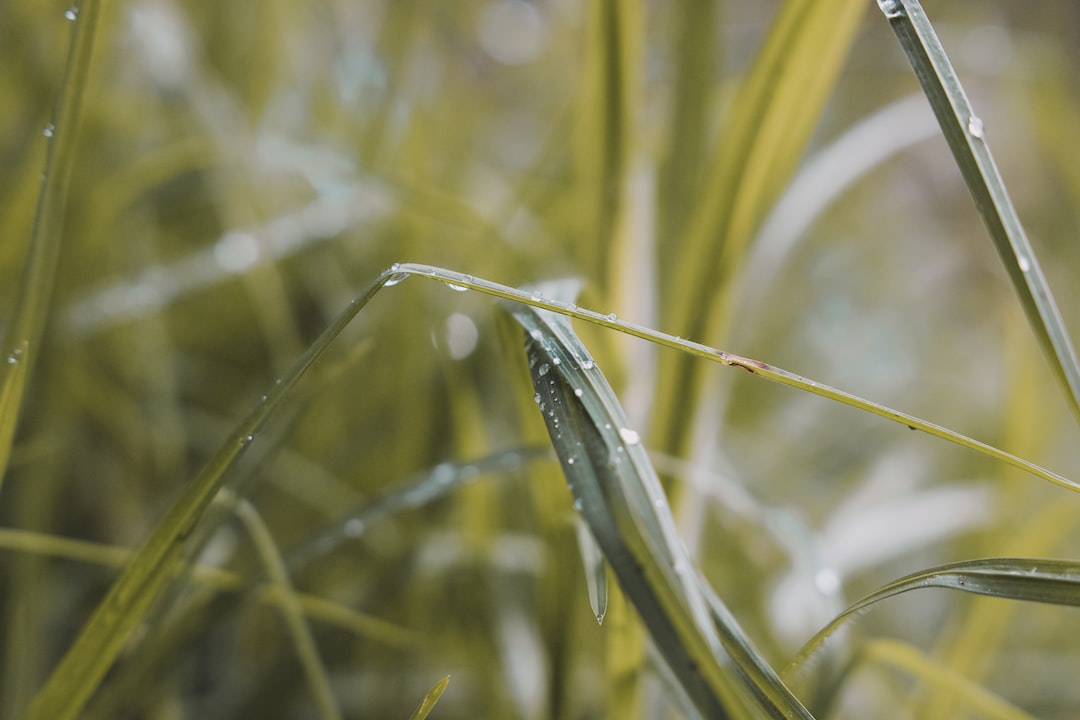The average American spends 3.4 hours per week on lawn care. They spend $55 per month. Lawn diseases from harmful pathogens can ruin that investment. They thrive in certain weather conditions or during stressors such as droughts, excessive rain, or abnormal temperatures.
Proper residential and commercial lawn care removes the pathogens and helps your yard grow again, but it works best if you know what treatment you need. Read on for tips on identifying six of the most common lawn diseases.
1. Leaf Spots
Checking for color changes is one of the easiest ways to identify lawn diseases. Small, circular abnormalities could point to a range of issues.
Large lawn brown spots are common in warm weather when the heat and humidity increase. They often infect cool-season grasses such as ryegrass and tall fescue.
The spots affect the upper side of the leaves and can get darker. They’re typically caused by fungal lawn diseases such as:
- Pythium blight
- Leaf smut
- Slime mold
You may also notice a smaller version of this issue called “dollar spot.” Small lesions with a darker border appear. The perfect recipe for them is a combination of warm day temperatures, high humidity, and cool nights.
2. Lawn Rust
This fungal disease occurs in dry weather or when your grass is low in nitrogen. It thrives during warm periods with no humidity and makes the lawn susceptible to other turf forms of turf disease.
The best way to identify lawn rust is to pull a few blades. Check for orange-red to yellow-brown dust or spores.
3. Fusarium Patches
This fungus appears in small, round, wet patches. They range in color from orange to brown to light gray.
Consecutive wet, cool days in autumn or spring contribute to the disease’s growth. Soil that’s high in nitrogen but low in phosphorous and potassium and slow-growing lawns do as well.
4. Powdery Mildew
This fungus favors slow-growing turf and cool-season grasses, especially Kentucky bluegrass. It grows best in shaded areas during spring and autumn.
Powdery mildew first shows up on the blades of your leaves. It looks like a small cobweb or dusting.
Call a lawn care company early if you notice this disease. It grows quickly and can make your lawn look like it’s been covered in talcum powder or flower. It can also cause leaves to wither and die.
5. Pythium
Pythium appears during warm, wet days. It favors low, wet areas such as the natural course of your lawn’s drainage system.
It infects your grass with small, purplish, water-soaked patches. It also has a greasy or slimy feel. The blades around it will stick together, and their roots will rot and die. Perennial ryegrass and bent grass are the most commonly affected.
6. Snow Mold
Snowfall in St. Cloud Minnesota averages 50 inches per year. The city needs residential and commercial lawn care to prevent one of the most insidious lawn diseases.
Snow mold, as its name suggests, appears in early spring after the snow melts. It grows under leaves or in long grasses.
Pink snow mold affects the crown of plants. It causes more injury than the gray variety which only affects the leaf tissue. The spots can be large, and the blades get soaked.
Treatment for Lawn Diseases
Identifying lawn diseases keeps them from overtaking your outdoor space. A few of the most common are leaf spots, lawn rust, fusarium patches, powdery mildew, pythium, and snow mold.
Contact Next Level Outdoor Services for the best lawn service in Sioux Falls, SD today.

